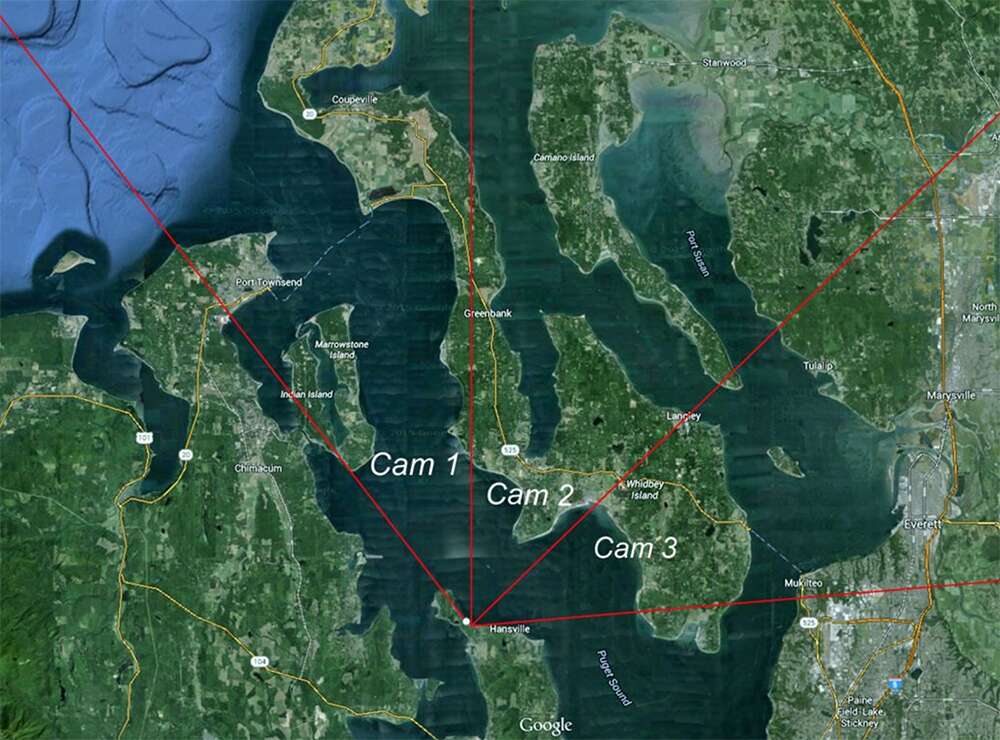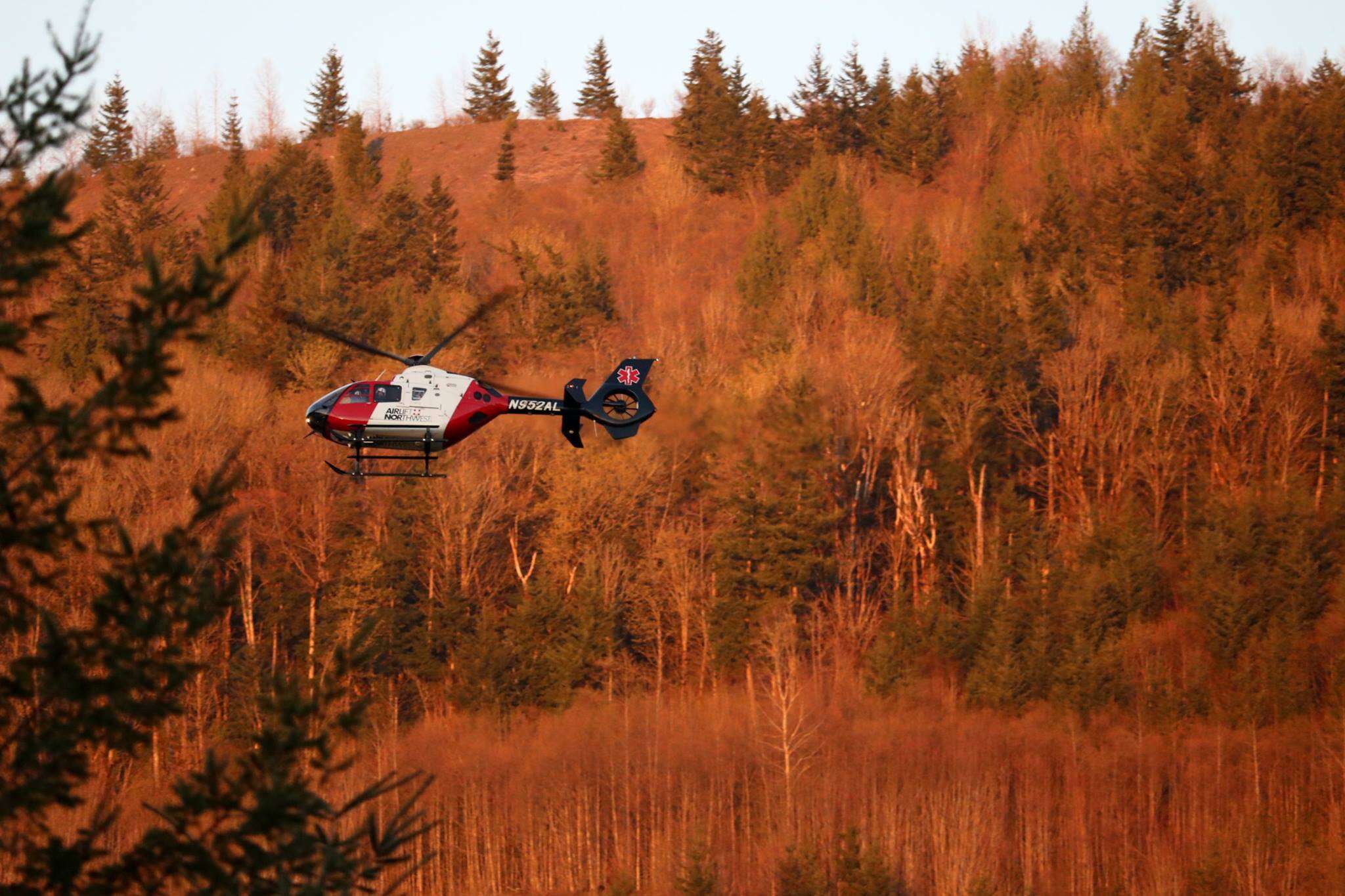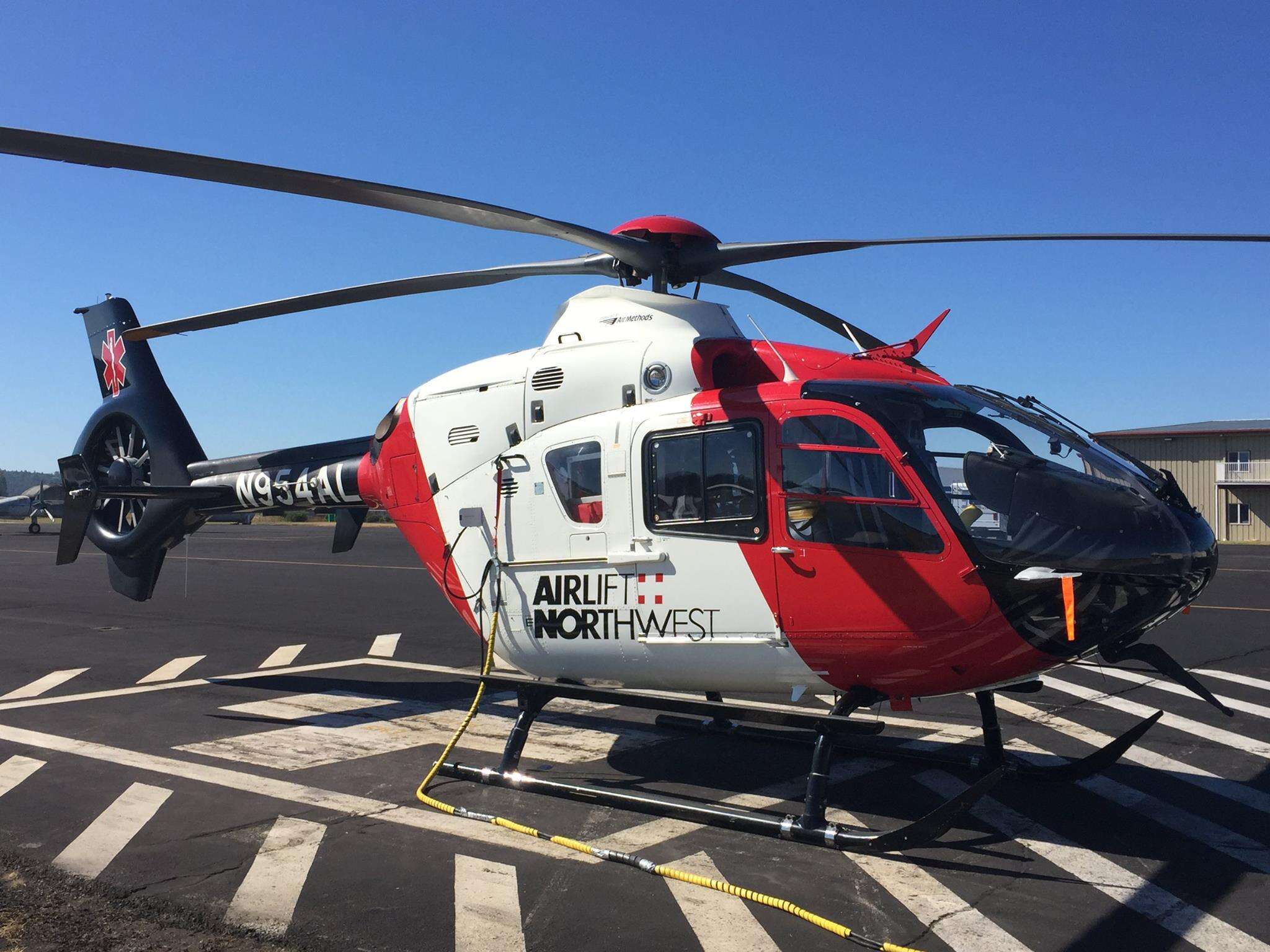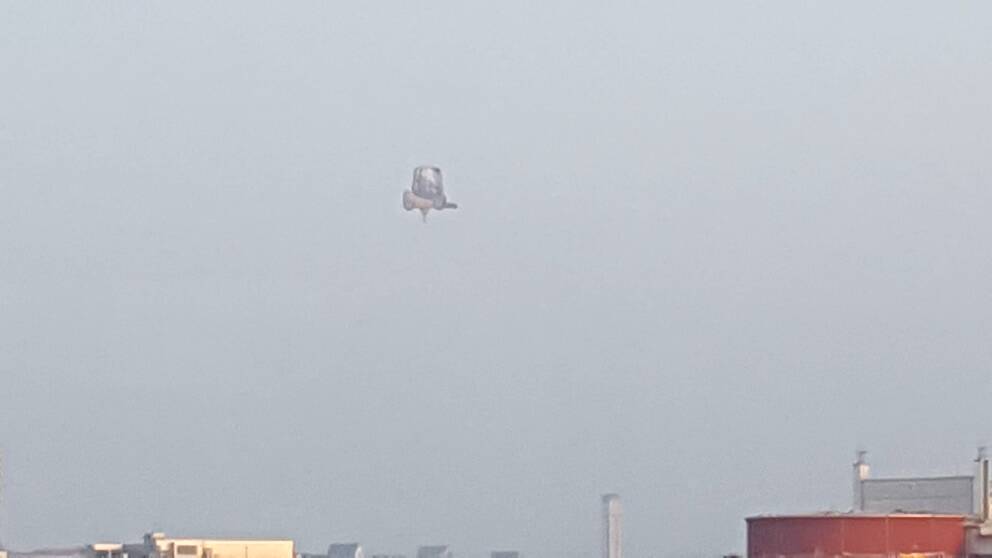You are using an out of date browser. It may not display this or other websites correctly.
You should upgrade or use an alternative browser.
You should upgrade or use an alternative browser.
Things That Are NOT UFOs
- Thread starter Trevp666
- Start date
uair01
Antediluvian
- Joined
- Apr 12, 2005
- Messages
- 5,461
- Location
- The Netherlands
This looks like a cool art book:
UFO Drawings From The National Archives
by David Clarke
https://www.fourcornersbooks.co.uk/books/ufo-drawings/
UFO Drawings From The National Archives
by David Clarke
https://www.fourcornersbooks.co.uk/books/ufo-drawings/
Mythopoeika
I am a meat popsicle
- Joined
- Sep 18, 2001
- Messages
- 51,695
- Location
- Inside a starship, watching puny humans from afar
Until it lands in a forest and causes a major fire.If you need to hoax a UFO sighting, get one of those really big balloons and arrange tea candles in a gondola under it. The candles will illuminate it and the hot air will cause it to rise. Hilarity ensues.
kamalktk
Antediluvian
- Joined
- Feb 5, 2011
- Messages
- 7,228
This Canadian coin, although it commemorates a UFO sighting.
https://www.thestar.com/news/canada...in-depicting-manitoba-mans-ufo-encounter.html
https://www.thestar.com/news/canada...in-depicting-manitoba-mans-ufo-encounter.html
Andy X
AWOL
- Joined
- Dec 12, 2014
- Messages
- 3,195
- Location
- Larch Forest
This looks like a cool art book:
UFO Drawings From The National Archives
by David Clarke
https://www.fourcornersbooks.co.uk/books/ufo-drawings/
Cool. I think I'll order a copy - well worth £12 of anyone's money, surely.
Tribble
Killjoy Boffin
- Joined
- Apr 21, 2015
- Messages
- 2,956
Think I saw the ISS late last night! Bright glowy thing moving quite quickly across the southern sky. Once it was out of sight behind the trees I checked an ISS tracker website and sure enough, right time, right place.
https://twitter.com/liamdutton/status/999028733360136193
Wonder if there's any coincidental UFO reports...
https://twitter.com/liamdutton/status/999028733360136193
Wonder if there's any coincidental UFO reports...
AlchoPwn
Public Service is my Motto.
- Joined
- Nov 2, 2017
- Messages
- 2,527
Until it lands in a forest and causes a major fire.
Highly unlikely. The flame is contained so that it won't go out in the wind, thus the chance of it starting a fire is extremely unlikely. Far less likely than a cigarette butt for example.
- Joined
- Mar 11, 2008
- Messages
- 46
Here's one I thought was interesting. First, here's a real, undoctored photo (with a more detailed inset added) taken by an automated weather webcam just northwest of Seattle, Washington. It's a 20-second exposure taken a few minutes before 4AM June 10th:

Looks for all the world like a rocket launching from an area with no launch facilities at a time and place that should have resulted in a multitude of witnesses due to the noise such a thing would have made.
A military blog I follow posted the photo and the author's detective work in determining what was actually photographed:
http://www.thedrive.com/the-war-zon...nch-over-whidbey-island-photo-from-washington
Seems to be a great lesson showing that a photo which appears to unequivocally show something strangely anomalous can, in fact, be something entirely mundane.

Looks for all the world like a rocket launching from an area with no launch facilities at a time and place that should have resulted in a multitude of witnesses due to the noise such a thing would have made.
A military blog I follow posted the photo and the author's detective work in determining what was actually photographed:
http://www.thedrive.com/the-war-zon...nch-over-whidbey-island-photo-from-washington
Let's Talk About That Mysterious 'Rocket Launch Over Whidbey Island' Photo
We investigated this bizarre photograph, reaching out to the photographer, the Navy, and the FAA, and came to one conclusion.
By Tyler RogowayJune 11, 2018
Social media has been buzzing about a bizarre photo captured by Skunkbayweather.com, a local weather website that also runs a number of webcams located near Hanesville, Washington. The site's cameras look across the Puget Sound at Whidbey Island from Skunk Bay and one of them takes time-lapses of the undeniably picturesque setting. Just before 4am on Sunday, June 10th, that camera caught what at first glance looks like the impossible—a rocket launch that seems to be emanating from or near Naval Air Station Whidbey Island.
The photo looks downright impressive as the streak of light appears from behind low, broken cloud cover and rises towards the heavens. Adding to the picture's intrigue, what looks awfully similar to a large rocket can be seen at the end of the light trail in an extreme crop of the image. But how is that even remotely possible? The Naval Air Station, which I have been all over on numerous occasions, has no rocket operations of any kind. Furthermore, there aren't any launch facilities in the region that could even begin to explain this photo. The closest thing to something like that would be the Ohio class nuclear ballistic missile submarines (SSBNs) based not too far away at Bangor Trident Base/Naval Submarine Base Bangor, but those apocalyptic machines don't launch missiles in the Puget Sound even for testing.
We contacted the owner of Skunkbayweather.com and they were very forthcoming with information and were happy to answer detailed questions regarding the photo as part of our investigation. They sent us the link to the entire timelapse which you can watch here, and went over the specific angle and field of view that the camera catches, as well as the camera type and its settings:
"It is a Canon T3 Rebel set up as a webcam. Images are captured about every 40-45 seconds. 3.5/20 second exposure/ 1600iso. I only run it on clear nights or when there could be severe weather."
The positioning of the camera is roughly shown in the chart below, which is from Skunkbayweather.com, discusses the webcams functions and positions. The site's owner told The War Zone:
"This was actually taken with "Cam4", which is a little wider angle than Cam2 and pointing in the same direction."

Skunkbayweather.com
There were absolutely no indications that the owner of the site was trying to scam anyone or perpetuating a hoax. They seemed just as puzzled as anyone as to the picture's origins and are seeking a good explanation for it.
With this information in hand, we reached out the Naval Air Station Whidbey Island to see if there were any aircraft operations around the time of the photo. Not surprisingly, there weren't. The public affairs officer went to air operations directly to confirm this for us. We then reached out to Seattle Center's public relations representative and they checked into it and said the FAA had no idea what it was and had no anomalies on radar or strange reports that morning that would explain the image.
I happen to be experienced with complex time-lapse photography. It's worth noting that this type of photography can result in the appearance of distorted time and space in multiple ways. You are looking at a two-dimensional image of a complex 3D event, under unique lighting and environmental circumstances. What looks like a rocket being traced by its own exhaust plume as it rises into the heaves can actually be an object on a flat or even a descending profile coming towards you, or even an object moving away. Long distances traced by light can appear short and vice-versa, depending on the depth of the light being traced. The fact that the exposure lasts seconds, not fractions of a second, can also complicate making an accurate initial interpretation, but that information can also be beneficial when trying to decipher a mysterious image like this one.
One of the reasons we inquired for specific details about any air operations at NAS Whidbey Island at the time, including low approach or terminal operations of transient aircraft, is that we thought the image could be a fighter taking off from NASWI in afterburner and executing a high-performance climb. These dramatic maneuvers are common at some fast jet bases. But in this case, the early morning timing made such an explanation a long shot, as well as the lack of complaints that would have resulted in such a thunderous racket at 4am local time.
Next, we pulled up Flightradar24's tracking of aircraft in the vicinity of Skunk Bay around the time the photo was shot. You can see a video of those movements below. Note that time is UTC, not local.
The Alaska Airlines jet (ASA94) descending from the northwest would have been out of the frame of the camera, although at first, it looked like a possible explanation as either the aircraft's lights or its contrail could have possibly caused the illusion. Then we noticed an air ambulance helicopter—an EC-135T2+ registered as N952AL belonging to Air Methods—flying right in the vicinity of the Skunk Bay when the image in question was captured.

Airlift Northwest Facebook Page
A gorgeous shot of N952AL in action over the Pacific Northwest.
You will notice that there is an error with the tracking of the low flying helicopter that makes it freeze on the screen momentarily and Flightradar24 even notes this automatically. Then the chopper seems to dash across the channel at unbelievable high speed. This is an anomaly with the tracking, and in reality, the helicopter made its way across the channel at normal speed (around 115 knots at 2,000 feet) right around the time the photo was snapped and exactly where the streak is shown.
With this revelation in mind, the explanation of what you are seeing in the image is the helicopter moving away from the camera towards NAS Whidbey Island, just as it was tracked in the moments after the photo was taken. There is about a minute and a half time difference between the flight data and the time index on the photo. It's likely one of the clocks was slightly off in reference to the data being displayed and we know the helicopter speed data is not fully accurate due to the tracking anomaly anyway.

Airlift Northwest Facebook Page
N952AL, just like N954AL shown here, flies under the Airlift Northwest banner, moving patients around the Pacific Northwest.
When the image is interpreted in that fashion, you can see how the aircraft began being traced by the long exposure starting near the camera and moving away. As a result, it was also much closer to the camera, lower in altitude, and covered far less distance in the short 20-second exposure than a rocket blasting into the heavens far off in the distance would. At 115 knots the helicopter would have covered roughly 3,900 feet. The cloud it disappeared into would also be far closer to the camera when interpreting the image in this way. And all this actually works remarkably well just by shifting the notion of what you should be seeing in the image.
The thing that looks like a rocket at atop a flame would have been a 'ghost image' of the part of the helicopter that was exposed from spill-over from its running lights and the low available light in the environment. This can look nothing like the actual object as the long exposure and how the light plays on the object can result in strange and often elongated shapes—in this case, something like a ghostly image of a rocket.
So there you have it, sadly this wasn't anything more exciting than a helicopter flying in a straight line in the wee hours of a quiet Sunday morning on the picturesque Puget Sound. Above all else, this photo serves as another reminder that sometimes there is much more to an image than what immediately meets the eye.
Contact the author: [email protected]
Seems to be a great lesson showing that a photo which appears to unequivocally show something strangely anomalous can, in fact, be something entirely mundane.
Mungoman
Mostly harmless...
- Joined
- Feb 25, 2010
- Messages
- 3,249
- Location
- In the Bush (Peak Hill, NSW)
Here's one I thought was interesting. First, here's a real, undoctored photo (with a more detailed inset added) taken by an automated weather webcam just northwest of Seattle, Washington. It's a 20-second exposure taken a few minutes before 4AM June 10th:

Looks for all the world like a rocket launching from an area with no launch facilities at a time and place that should have resulted in a multitude of witnesses due to the noise such a thing would have made.
A military blog I follow posted the photo and the author's detective work in determining what was actually photographed:
http://www.thedrive.com/the-war-zon...nch-over-whidbey-island-photo-from-washington
Seems to be a great lesson showing that a photo which appears to unequivocally show something strangely anomalous can, in fact, be something entirely mundane.
From this distance, that after image of the running lights is awfully wide don't you think...and where is the dotted red and green width lights May I ask...plus, that singular light seems to be two.
Humbug I say! My delusion should be allowed to stand as it is without any sort of logical explanation. innit.
Reverend D
Vague Apparition
- Joined
- Sep 22, 2018
- Messages
- 1,255
- Location
- Glasgow
On a brightly moonlit night a few weeks ago, while looking out late at night towards some hillside about 2 miles away, I noticed a bright stationary light. Didn't pay too much attention to it, assuming it was probably a light on top of an electricity pylon.
Then, something caught my eye. As I watched I saw the light shoot beams of light down to the ground (to the left of the light, from my perspective), pale rays of light which shot down to ground level. I watched this for a bit, tried to get a couple of pics and carefully noted exactly where I was standing and where the light appeared to be, and eventually went to bed.
Next morning, I positioned myself in the exact same place as the previous night, checked my sights (I'd noted that the light appeared to be an inch to the left of the lock on the window handle), and saw...an electricity pylon, with a cable dangling down to the left. As I looked at it, a gust of wind moved the cable slightly, and the sunlight glinted off it, making it look exactly like a beam of pale light shooting down to ground level.
I had felt all along that this was anything particularly mysterious, but I can see why it could easily be mistaken for a UFO up to some nefarious activity on the hillside.
Then, something caught my eye. As I watched I saw the light shoot beams of light down to the ground (to the left of the light, from my perspective), pale rays of light which shot down to ground level. I watched this for a bit, tried to get a couple of pics and carefully noted exactly where I was standing and where the light appeared to be, and eventually went to bed.
Next morning, I positioned myself in the exact same place as the previous night, checked my sights (I'd noted that the light appeared to be an inch to the left of the lock on the window handle), and saw...an electricity pylon, with a cable dangling down to the left. As I looked at it, a gust of wind moved the cable slightly, and the sunlight glinted off it, making it look exactly like a beam of pale light shooting down to ground level.
I had felt all along that this was anything particularly mysterious, but I can see why it could easily be mistaken for a UFO up to some nefarious activity on the hillside.
Mythopoeika
I am a meat popsicle
- Joined
- Sep 18, 2001
- Messages
- 51,695
- Location
- Inside a starship, watching puny humans from afar
I hope you reported the dangling cable.
Reverend D
Vague Apparition
- Joined
- Sep 22, 2018
- Messages
- 1,255
- Location
- Glasgow
I hope you reported the dangling cable.
I did, cos it looked like it had fallen. Apparently it isn't an electricity cable but part of the support for the pylon and is anchored to the ground.
Tribble
Killjoy Boffin
- Joined
- Apr 21, 2015
- Messages
- 2,956
I did, cos it looked like it had fallen. Apparently it isn't an electricity cable but part of the support for the pylon and is anchored to the ground.
Maybe it's the extension cord where a flying saucer plugs in to recharge.
AlchoPwn
Public Service is my Motto.
- Joined
- Nov 2, 2017
- Messages
- 2,527
I think a lot of UFOs are actually ball lightning and similar atmospheric effects
https://en.wikipedia.org/wiki/Ball_lightning
https://en.wikipedia.org/wiki/Ball_lightning
eburacum
Papo-furado
- Joined
- Aug 26, 2005
- Messages
- 5,817
Some kind of St Elmo's Fire might be the explanation for the plague of Foo Fighters that happened in WWII, and for some of the strange lights seen by post-war aircrews around the world. Modern day airliners don't seem to produce the same effects, probably due to altitude and speed; so they aren't seen so much these days.
Tribble
Killjoy Boffin
- Joined
- Apr 21, 2015
- Messages
- 2,956
Mysterious blue lights over Gloucester : a specialist railwork repairs train from Network Rail.
https://www.gloucestershirelive.co.uk/news/gloucester-news/you-see-them-baffling-blue-2100388
Now if they'd asked us...
http://forum.forteantimes.com/index.php?threads/beam-of-light-from-a-train.63493/#post-1735534
And in Northern China, swirly lights get people excited and confused :

https://metro.co.uk/2018/10/12/chin...s-of-light-during-secret-test-flight-8031379/
https://www.gloucestershirelive.co.uk/news/gloucester-news/you-see-them-baffling-blue-2100388
Now if they'd asked us...
http://forum.forteantimes.com/index.php?threads/beam-of-light-from-a-train.63493/#post-1735534
And in Northern China, swirly lights get people excited and confused :

https://metro.co.uk/2018/10/12/chin...s-of-light-during-secret-test-flight-8031379/
markrkingston1
Ephemeral Spectre
- Joined
- Aug 4, 2007
- Messages
- 410
- Location
- London, England
I think a lot of UFOs are actually ball lightning and similar atmospheric effects
https://en.wikipedia.org/wiki/Ball_lightning
Check out the British MOD's 'Condign Report' for some thoughts on electromagnetic phenomena in this context, particularly plasmas: https://en.wikipedia.org/wiki/Project_Condign
Last edited:
Tribble
Killjoy Boffin
- Joined
- Apr 21, 2015
- Messages
- 2,956
A giant forklift truck floating over Gothenburg... because they can.
(It's a hot air balloon)

https://www.svt.se/nyheter/lokalt/vast/gigantisk-gaffeltruck-riktade-goteborgarnas-ogon-mot-skyn
(It's a hot air balloon)

https://www.svt.se/nyheter/lokalt/vast/gigantisk-gaffeltruck-riktade-goteborgarnas-ogon-mot-skyn
markrkingston1
Ephemeral Spectre
- Joined
- Aug 4, 2007
- Messages
- 410
- Location
- London, England
A giant forklift truck floating over Gothenburg... because they can.
(It's a hot air balloon)
Hehe, I like that.
As an aside, it does look remarkably like some of the CGI UFO hoaxes you see on Youtube nowadays.
uair01
Antediluvian
- Joined
- Apr 12, 2005
- Messages
- 5,461
- Location
- The Netherlands
https://airminded.org/2013/01/05/post-blogging-the-1913-scareships/
1913 airship sightings
1913 airship sightings
So that's what the fuss was all about. Case closed.Recently re-appeared over Gatwick. Merry Xmas.
RaM
Justified & Ancient
- Joined
- Mar 12, 2015
- Messages
- 3,804
- Location
- NW UK
Coal
Account Retired
- Joined
- Jun 27, 2015
- Messages
- 9,852
The little ones just loved this when they were tots.
Jim
Justified & Ancient
- Joined
- Jan 19, 2016
- Messages
- 1,225
- Location
- NYS, USA
Rare and often startling atmospheric phenomena occur. Forms of ball lighting, rare intense atmospheric ionizations, solar flare-up to name a few. In the Canadian artic (Hudson's bay) I saw the sky turn red -orange one evening (not a sunset, the entire sky) I have no idea what caused this phenomena. Not to be confused with the Aurora Borealis (northern lights) which occur regularly at these latitudes in the summer months (they are quite impressive), but easily explained by solar charged particles interacting with atmospheric molecules to release photons "this releases a tapestry of colors".Mysterious blue lights over Gloucester : a specialist railwork repairs train from Network Rail.
https://www.gloucestershirelive.co.uk/news/gloucester-news/you-see-them-baffling-blue-2100388
Now if they'd asked us...
http://forum.forteantimes.com/index.php?threads/beam-of-light-from-a-train.63493/#post-1735534
And in Northern China, swirly lights get people excited and confused :

https://metro.co.uk/2018/10/12/chin...s-of-light-during-secret-test-flight-8031379/
markrkingston1
Ephemeral Spectre
- Joined
- Aug 4, 2007
- Messages
- 410
- Location
- London, England
Forms of ball lighting, rare intense atmospheric ionizations, solar flare-up to name a few
"Solar flare-ups" sound interesting in this context. Do you think that such a thing would cause visible effects on Earth?
Jim
Justified & Ancient
- Joined
- Jan 19, 2016
- Messages
- 1,225
- Location
- NYS, USA
Absolutely they greatly enhance the northern lights (Aurora Borealis)."Solar flare-ups" sound interesting in this context. Do you think that such a thing would cause visible effects on Earth?
eburacum
Papo-furado
- Joined
- Aug 26, 2005
- Messages
- 5,817
When I saw the Northern Lights (here, in my back garden, twenty-five years ago or thereabouts) there was a very impressive period where the sky turned blood-red for a few moments.
Apparently the red colour is quite rare, but from the UK it is slightly easier to see at times because it is higher in the sky( 200-300km) , so can be seen from further away.
Apparently the red colour is quite rare, but from the UK it is slightly easier to see at times because it is higher in the sky( 200-300km) , so can be seen from further away.

